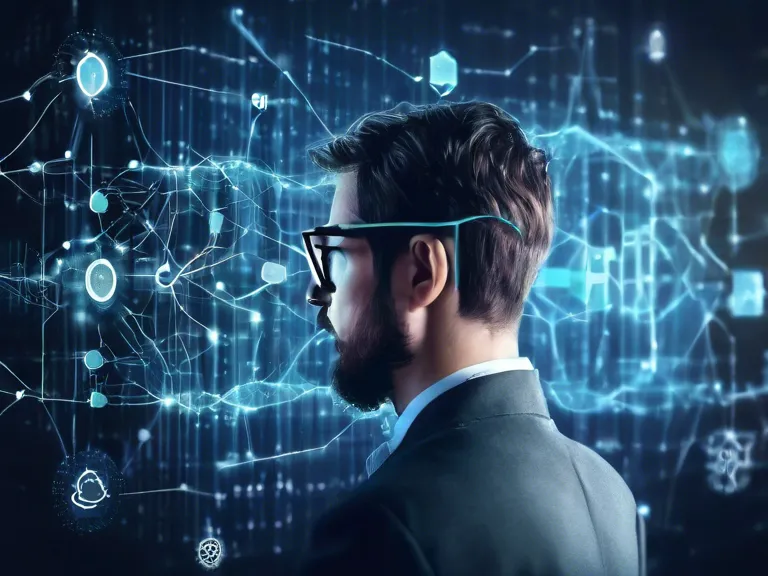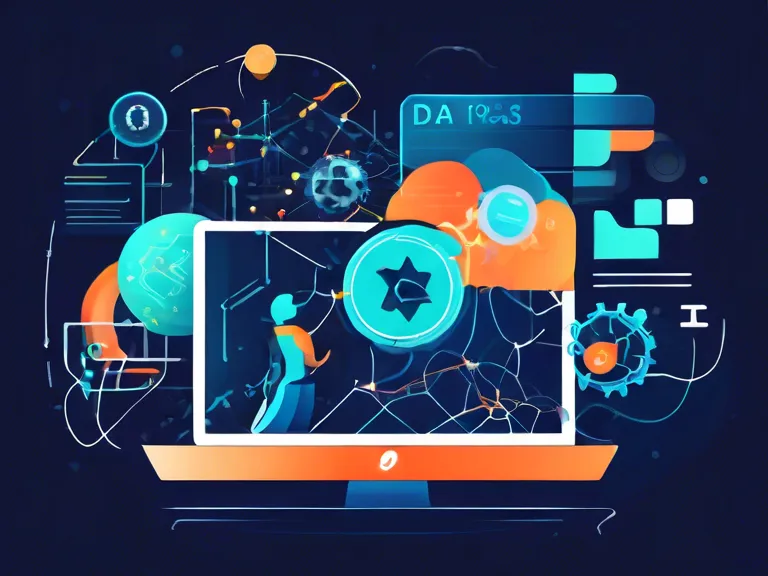
Data Science Trends You Need to Know: What’s Hot and What’s Next
In the ever-evolving field of data science, staying updated on the latest trends is crucial for professionals looking to advance their careers. From machine learning to artificial intelligence, there are several key areas that are shaping the future of data science. In this article, we will explore some of the hottest data science trends you need to know about and what to expect next.
One of the most prominent trends in data science is the increasing adoption of machine learning and deep learning techniques. Machine learning algorithms are being used across various industries to analyze large datasets and make predictions based on patterns and trends. As more data becomes available, organizations are leveraging machine learning models to gain insights and make data-driven decisions.
Another trend that is gaining momentum is the use of artificial intelligence (AI) in data science. AI technologies such as natural language processing and computer vision are being integrated into data analytics workflows to automate tasks and improve efficiency. With the ability to process unstructured data and detect complex patterns, AI is revolutionizing the way data is analyzed and interpreted.
In addition to machine learning and AI, data science professionals are also focusing on interpretability and explainability of models. As complex machine learning models become more widespread, there is a growing need to understand how these models make decisions and to ensure they are fair and unbiased. Data scientists are developing techniques to improve the transparency and accountability of machine learning algorithms.
Looking ahead, the future of data science is expected to be shaped by advancements in areas such as federated learning, augmented analytics, and edge computing. Federated learning allows organizations to collaborate on machine learning models without sharing sensitive data, while augmented analytics combines AI and natural language processing to provide automated insights. Edge computing, on the other hand, enables data processing closer to the source of data, reducing latency and improving efficiency.
As data science continues to evolve, staying informed about the latest trends and technologies is essential for professionals in the field. By keeping up with what’s hot and what’s next in data science, you can position yourself for success in this rapidly growing industry.
